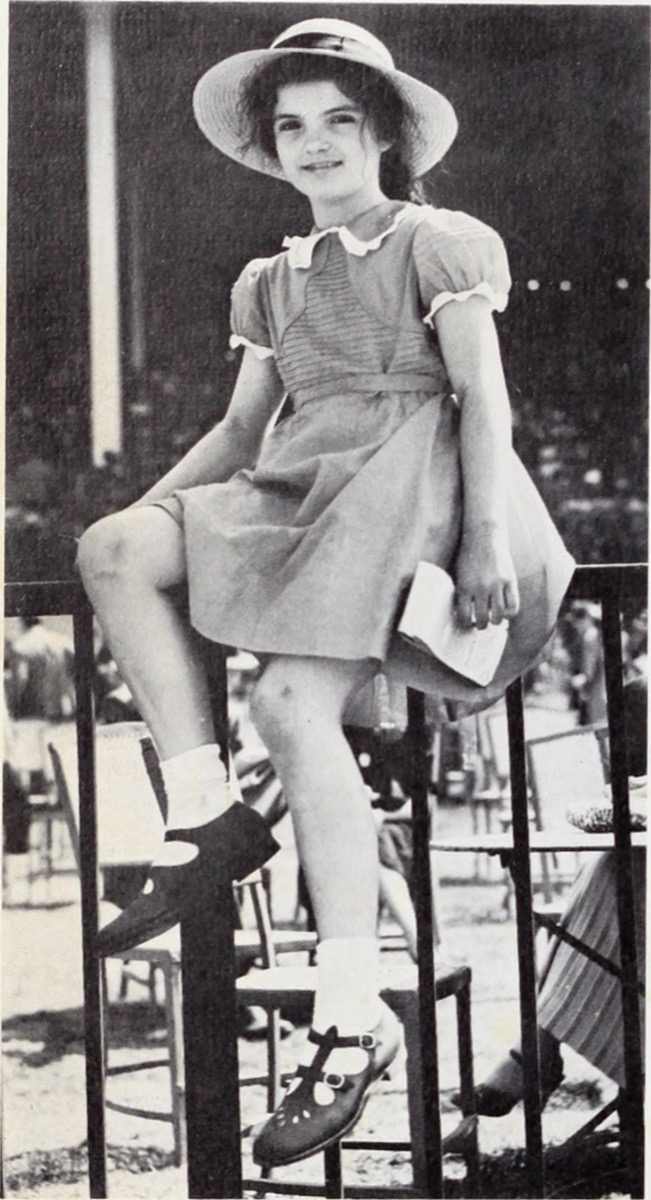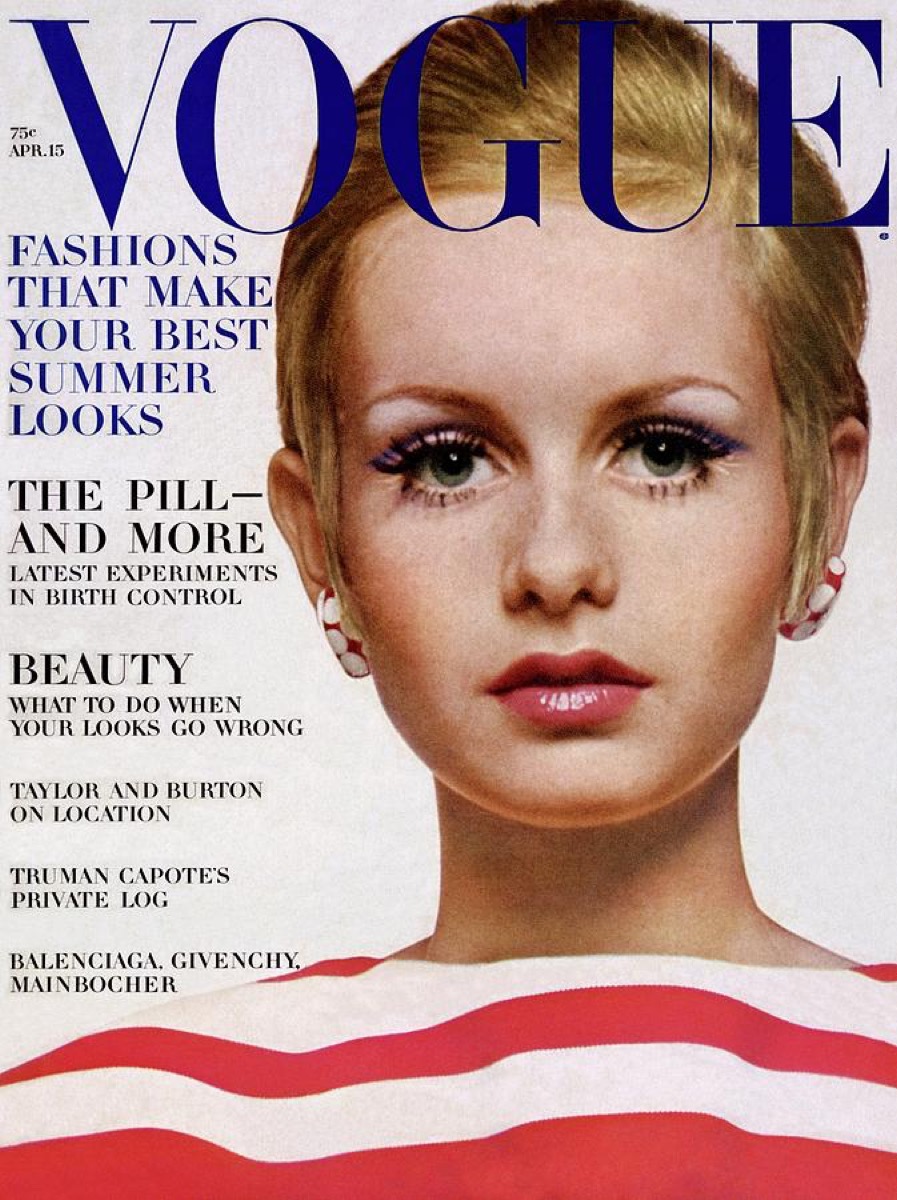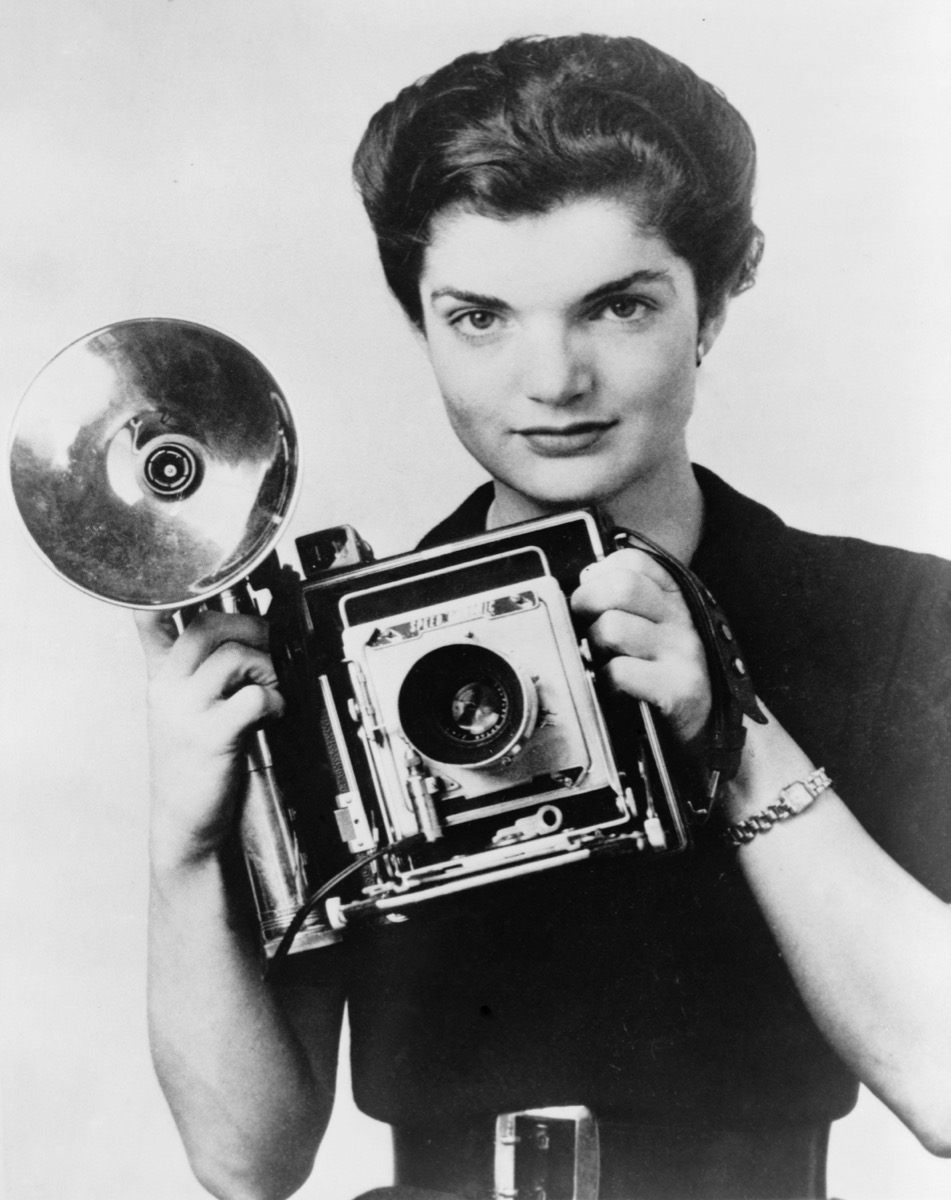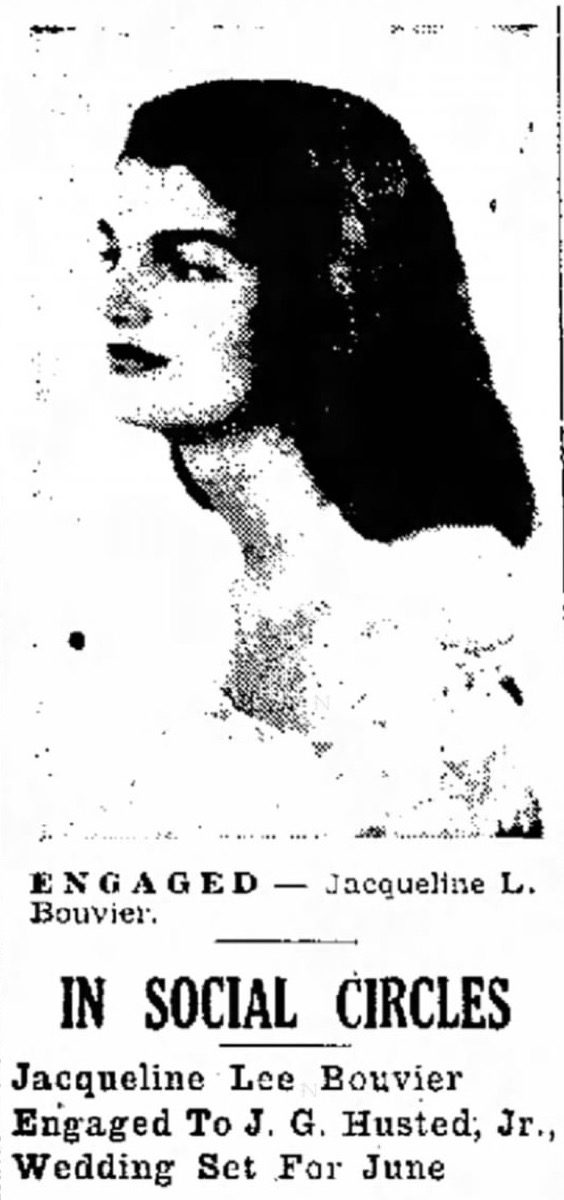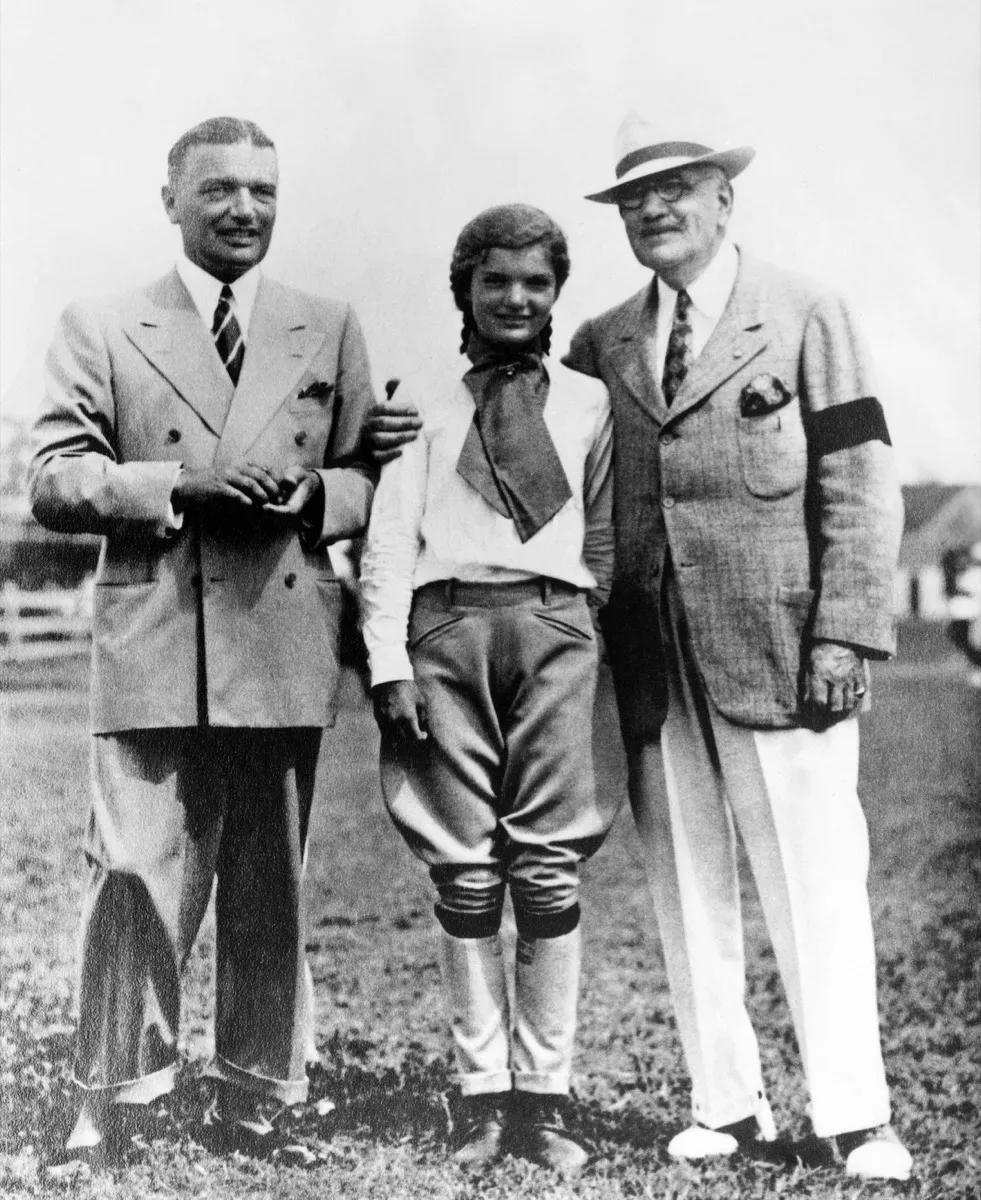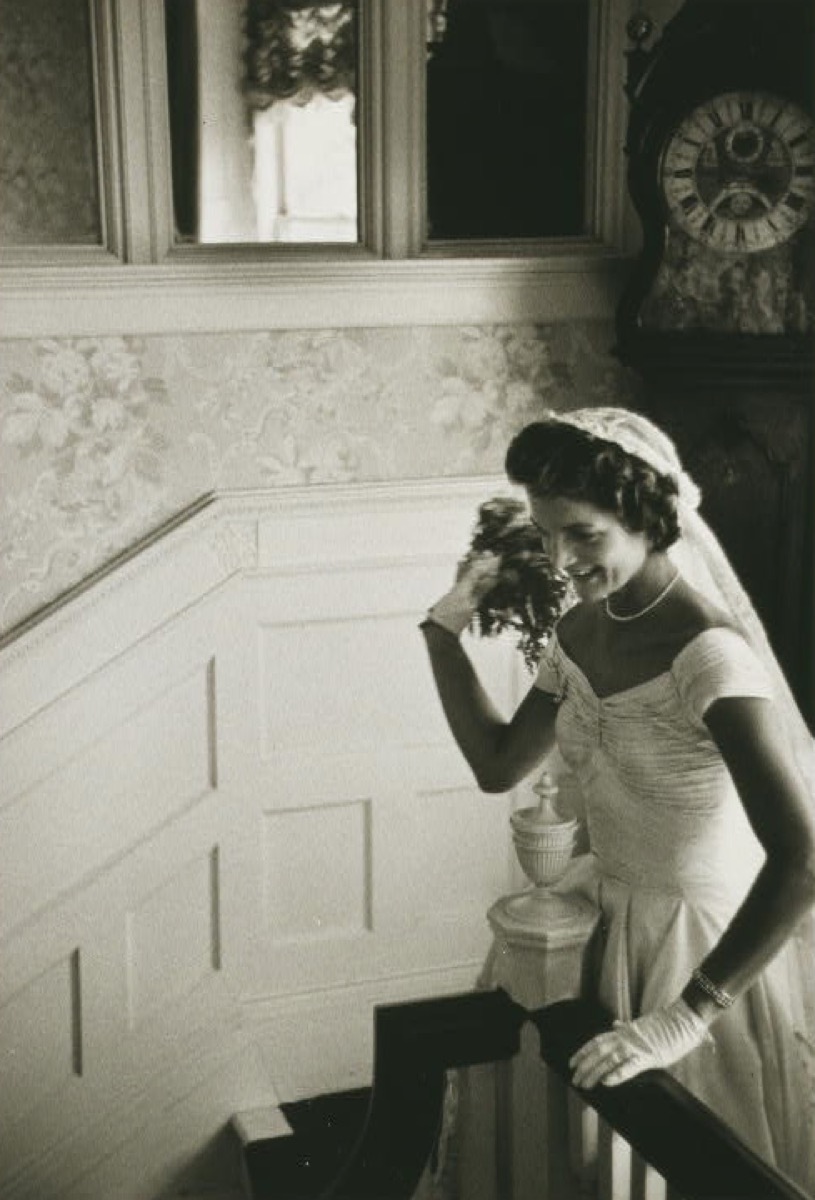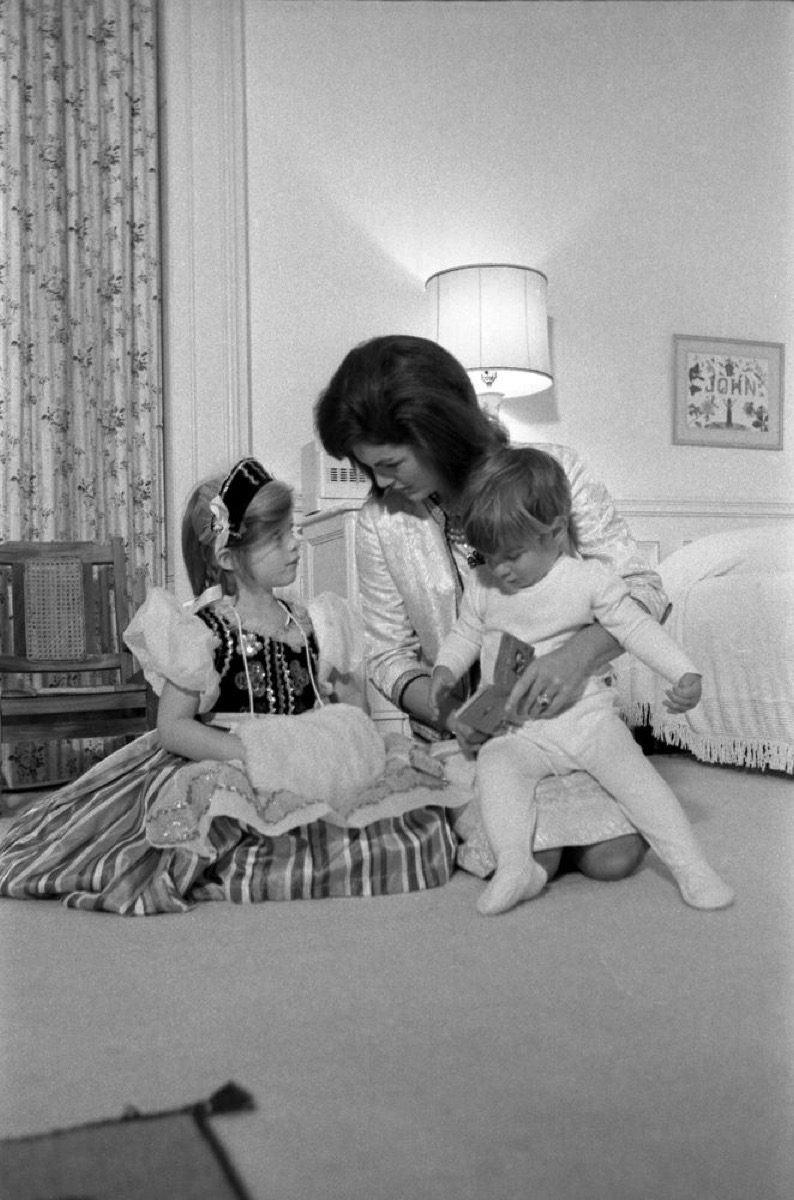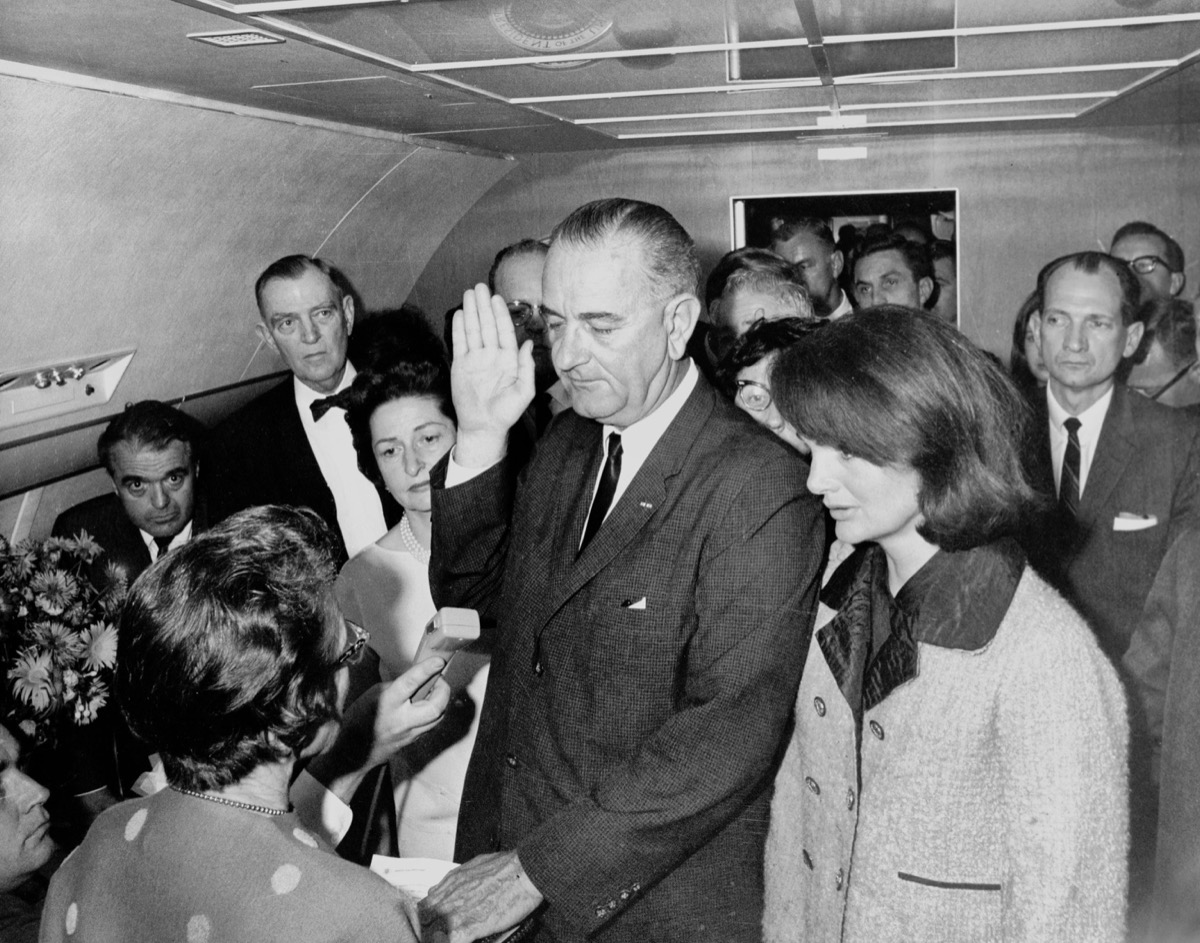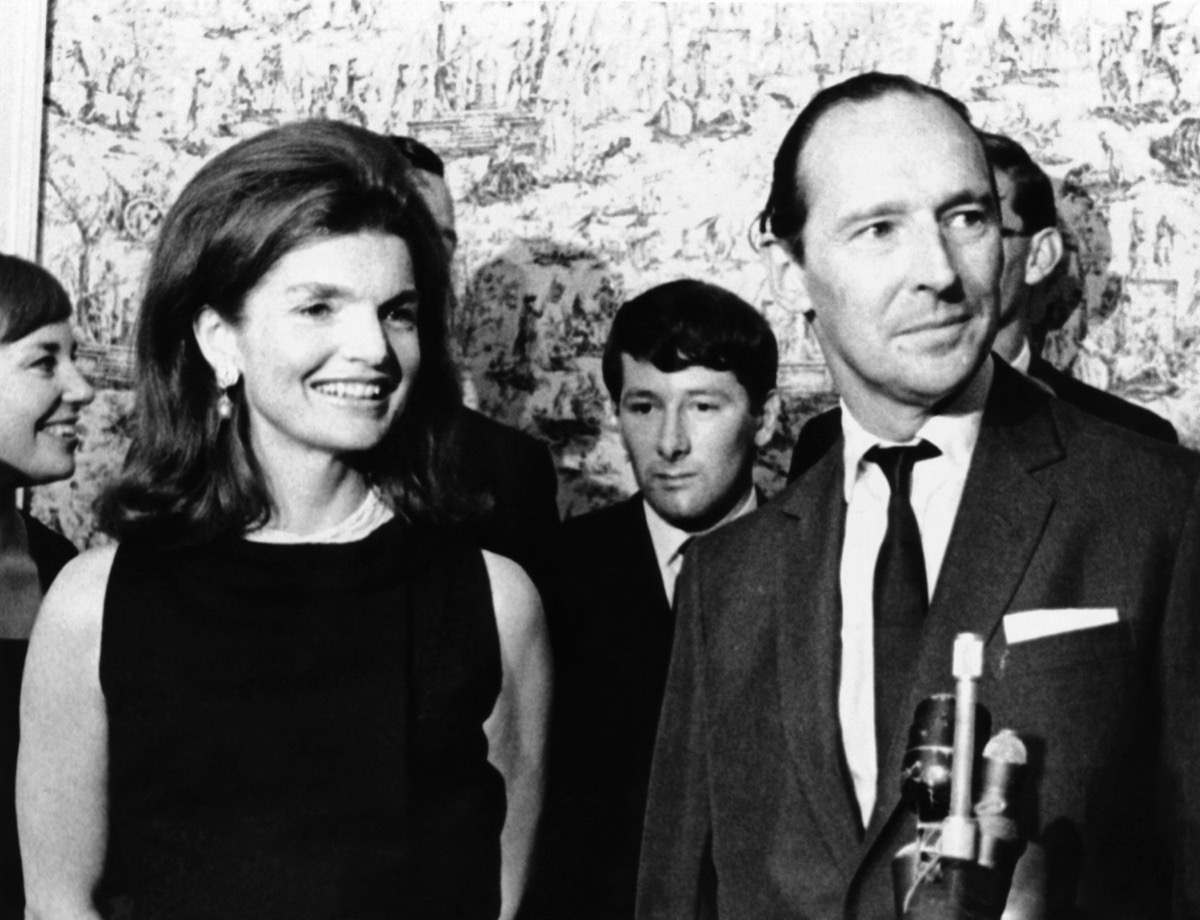Given her perfect posture and poise, you’d never guess that there was something off about Jackie O’s gait. However, in her book Jackie’s Girl: My Life with the Kennedy Family, the former first lady’s personal assistant Kathy McKeon revealed that she had significantly uneven legs. There was “a quarter-inch lift affixed to one heel on each pair of Madam’s shoes, apparently meant to compensate for one leg being slightly shorter than the other,” McKeon writes. “No one would have ever guessed: Even in her stocking feet, she had flawlessly beautiful posture.”
Kennedy wasn’t always as poised as she appeared in public. According to the John F. Kennedy Presidential Library and Museum, growing up, one of her teachers described her as being “full of the devil.” Evidently Kennedy—or at the time, Bouvier—would get into quite a bit of trouble while at Miss Chapin’s School in New York, and headmistress Miss Ethel Stringfellow even noted on her report card that “her disturbing conduct in her geography class made it necessary to exclude her from the room.”
After graduating from Miss Porter’s School in Connecticut, Jackie Bouvier enrolled at Vassar College in New York and studied history, literature, art, and French. As part of her studies, she spent her junior year abroad with the Smith College Junior Year in Paris program, and when she returned to the States she transferred to The George Washington University (GWU) to be closer to her family. (Thanks to her connection to the school, there is even a dormitory at GWU named Jacqueline Bouvier Kennedy Onassis Hall.)
Whilst in college, the young Bouvier entered Vogue magazine’s Prix de Paris contest in the hopes of winning a yearlong junior editorship that was split between New York and Paris. Among more than a thousand entries, her essay, which talked about the three figures in history she would have liked to know, was chosen as the winner. But because of her mother’s hesitation to let her leave the country, she ultimately turned down the prize.
Her first job in the fall of 1951 was at the Washington Times-Herald newspaper as “inquiring camera girl,” a gig that entailed running around the city and taking photos of those she encountered while she asked them questions about current events. During her time at the paper, Kennedy interviewed Richard M. Nixon and even covered the coronation of Queen Elizabeth II. That’s no small feat for a woman just out of college!
John F. Kennedy wasn’t the first man to whom Jacqueline Bouvier was engaged. Rather, the future Mrs. Kennedy was supposed to be wed early on to a stockbroker named John G. W. Husted Jr. “On a snowy December day on Madison Avenue, she who tended to be so cautious and so fastidious acted impulsively, agreeing to marry this young man she had not even known the month before,” writes Barbara Leaming in Jacqueline Bouvier Kennedy Onassis: The Untold Story. (Here’s the announcement in the Newport Mercury newspaper.) Of course, this short and whirlwind engagement never came to fruition, and ultimately Bouvier abandoned the stockbroker. ae0fcc31ae342fd3a1346ebb1f342fcb Jackie Kennedy saw her father, John Vernou Bouvier III, as a womanizer—and it was because of this that she had so much trouble trusting JFK. In a letter to Irish priest Joseph Leonard before getting married, Kennedy expressed her doubts about her future husband, writing, “He’s like my father in a way—loves the chase and is bored with the conquest—and once married needs proof he’s still attractive, so flirts with other women and resents you. I saw how that nearly killed Mummy.”
When you’re posed to be the future president and future first lady of the United States, your wedding is less of a celebration of love and more of a scripted public event. As such, Jackie O didn’t get much of a say in what her wedding looked like—all the way down to her dress. According to the New England Historical Society, she loathed the high-fashion frock and felt that it “accentuated her flat chest” and “made her look like a lampshade.”
On November 27, 1957, Jackie Kennedy gave birth to her first child, Caroline. However, this wasn’t the first time that the first lady was pregnant. As the National First Ladies Library points out, she previously suffered a miscarriage and gave birth to a stillborn whom she named Arabella before Caroline came into the picture.
Though Kennedy had her doubts about being in the world of politics, the absolute last thing she wanted was to be a housewife. In a letter the then-23-year-old wrote to Leonard in 1953, she said, “Maybe I’m just dazzled and picture myself in a glittering world of crowned heads and Men of Destiny—and not just a sad little housewife… That world can be very glamorous from the outside—but if you’re in it—and you’re lonely—it could be a Hell.”
One of Jackie Kennedy’s most famous outfits is her pink suit and pillbox hat number, the ones she wore the day her husband was assassinated in Dallas. And while most people believe that this get-up was the work of French designer Chanel, it was revealed by the company’s late creative director, Karl Lagerfeld, in 2012 that it was actually a “line-by-line copy.” Evidently, after Kennedy was dragged in the press for spending hordes of money on international designer clothing, she instead had similar garments made in her home country.
Following her husband’s assassination in 1963, Kennedy began to question her faith in God—or at least in his kindness. In a letter to Leonard, she wrote that she had become “bitter against God” after losing her husband and said that “God will have a bit of explaining to do to me if I ever see Him.”
Between JFK and her second husband, Aristotle Onassis, Kennedy apparently had another lover: David Ormsby-Gore, the fifth Lord of Harlech and the British ambassador to the United States under JFK. Around the time that Kennedy lost her beloved first husband, Ormsby-Gore also lost his wife in a car accident, and it was this mutual sense of loss and loneliness that helped bring the pair closer together. However, Kennedy ultimately felt it inappropriate to wed someone who was so close to her late husband, and so she turned down Ormsby-Gore’s proposal. In a 1968 letter explaining the decision, she wrote to Ormsby-Gore, “If ever I can find some healing and comfort—it has to be with somebody who is not part of all my world of past and pain. I can find that now—if the world will let us.”
After the death of her second husband, Jackie Kennedy Onassis decided to go back into writing and editing and took a job at Doubleday Books. While there in the ’80s, she was able to help secure a lucrative book deal with pop star Michael Jackson when no one else was. “She was the only person in America who could get him on the phone,” Stephen Davis, ghostwriter of Jackson’s Moon Walk, told Reuters.
Onassis remained a popular fixture in the media long after her time in the White House ended. As such, both her and her kids were frequently targeted by the paparazzi, most notably Ron Galella. According to Time, Onassis took Galella to court twice and not only got a court order that forbade the photographer from being within 25 feet of her, but also eventually won a case that banned him from ever photographing her or her family. You go, Jackie O! And for more fun facts about celebrities past and present, check out these 50 Crazy Celebrity Facts You Won’t Believe Are True.
